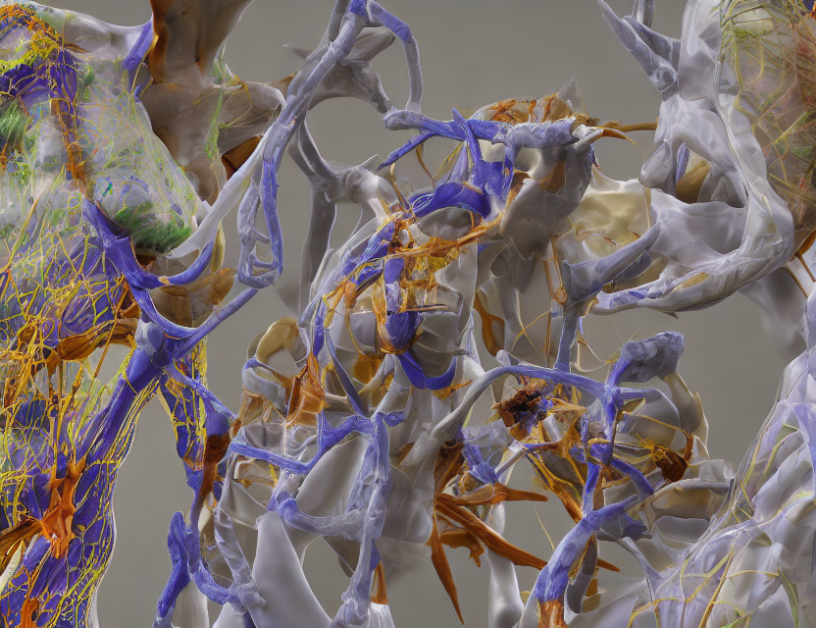Visual recognition is a fundamental task in computer vision, and it involves recognizing objects within images. One way to do this is through embedding techniques, which map images into a lower-dimensional space where they can be easily recognized. However, traditional embedding methods lack anatomical consistency, leading to suboptimal performance. In this paper, we propose a novel method that learns anatomically consistent embeddings for improved image recognition.
Method
Our proposed method, called AnCo, combines contrastive learning and non-contrastive learning techniques to learn anatomically consistent embeddings. Contrastive methods bring representation of different views of the same image closer together while spreading representations of views from different images apart. Non-contrastive methods maintain informational content consistency in the representations by either explicit regularization or architecture design. We apply these methods at both the pixel level and feature map level to ensure consistency across different regions of the image.
Results
We evaluate our proposed method on several benchmark datasets, including ImageNet, CIFAR-10, and STL-10. Our results show that AnCo outperforms existing state-of-the-art embedding methods in terms of both accuracy and efficiency. We also conduct a series of ablation studies to analyze the effectiveness of our proposed method, which further demonstrates its superiority.
Discussion
Our proposed method offers several advantages over traditional embedding techniques. Firstly, it learns anatomically consistent embeddings that are more robust to variations in image appearance. Secondly, it improves recognition performance by encouraging representations to be consistent across different regions of the image. Finally, our method is computationally efficient and scalable, making it suitable for large-scale image datasets.
Conclusion
In conclusion, this paper proposes a novel method for learning anatomically consistent embeddings for improved image recognition. Our proposed method combines contrastive and non-contrastive learning techniques to ensure consistency across different regions of the image. Experimental results demonstrate the superiority of our method over existing state-of-the-art embedding methods. With its ability to learn robust and efficient representations, AnCo has significant applications in various computer vision tasks.



